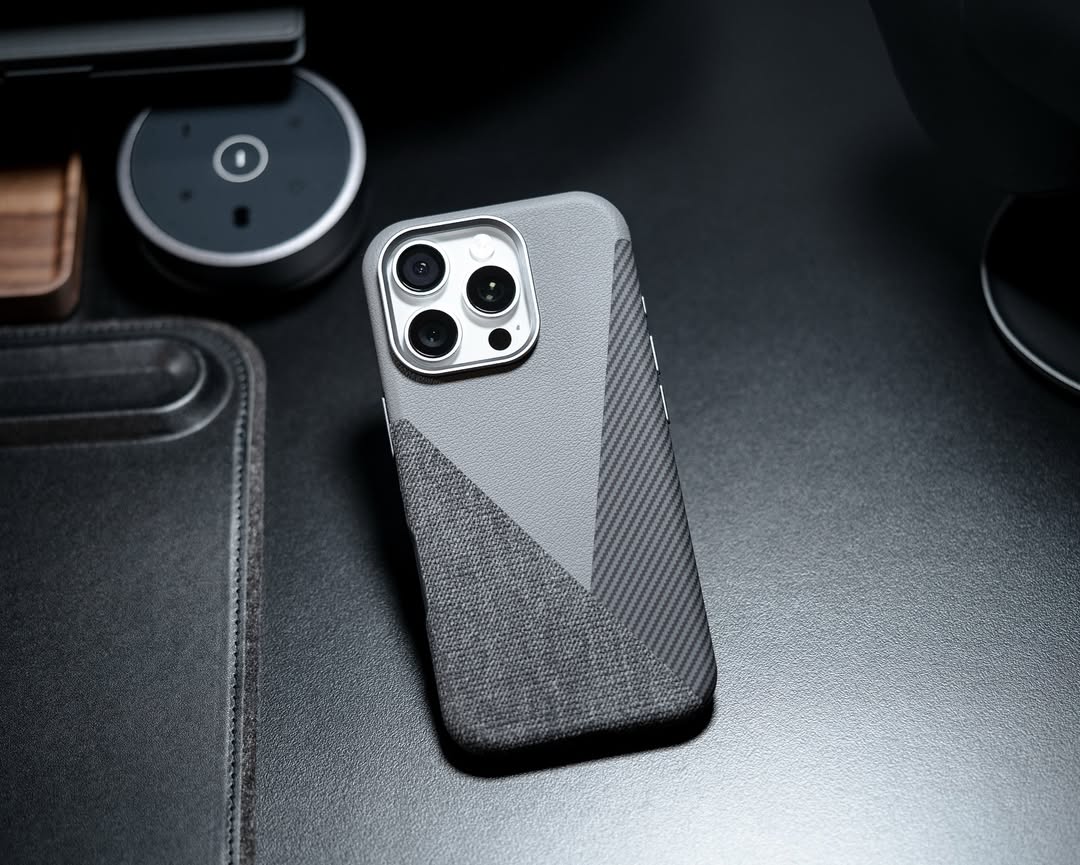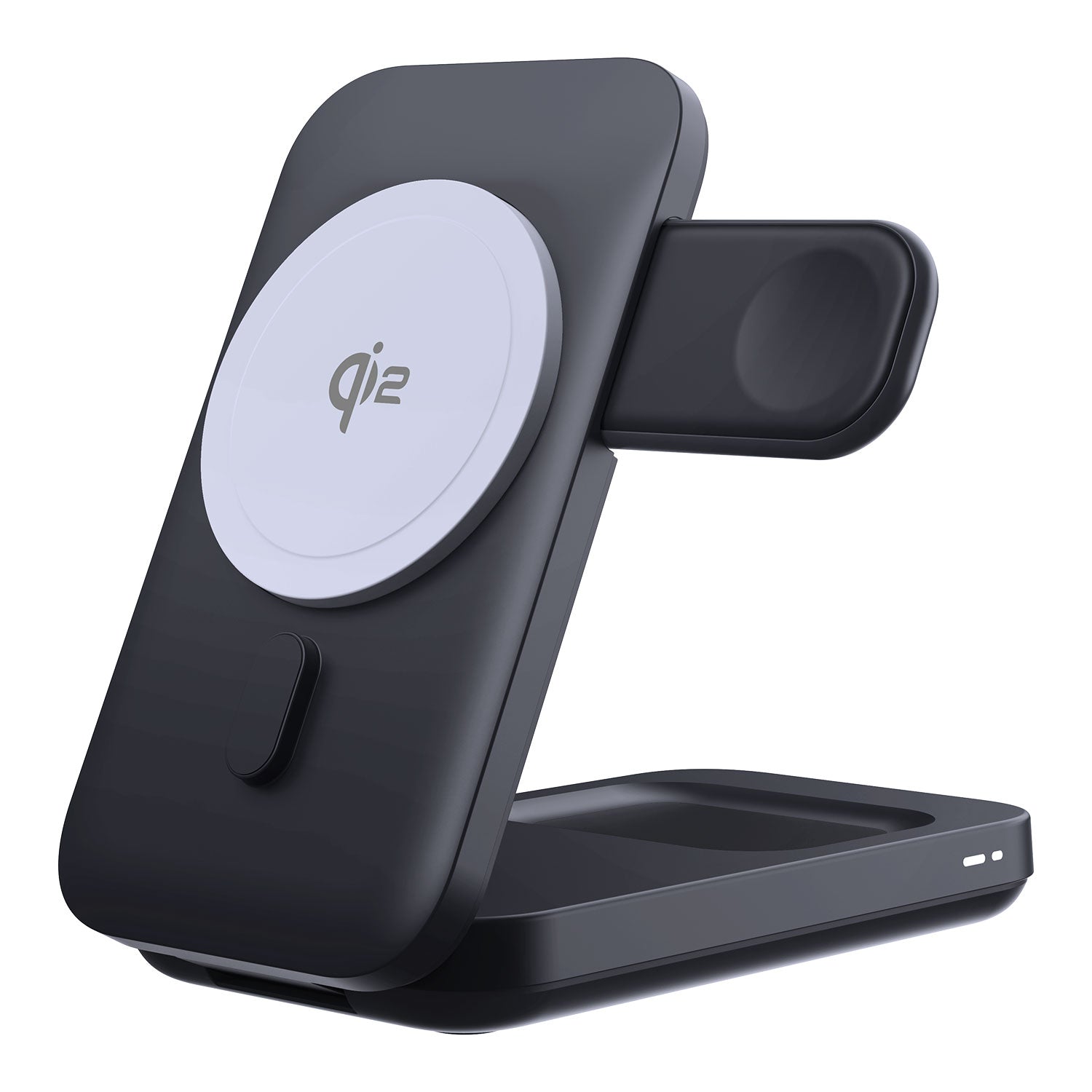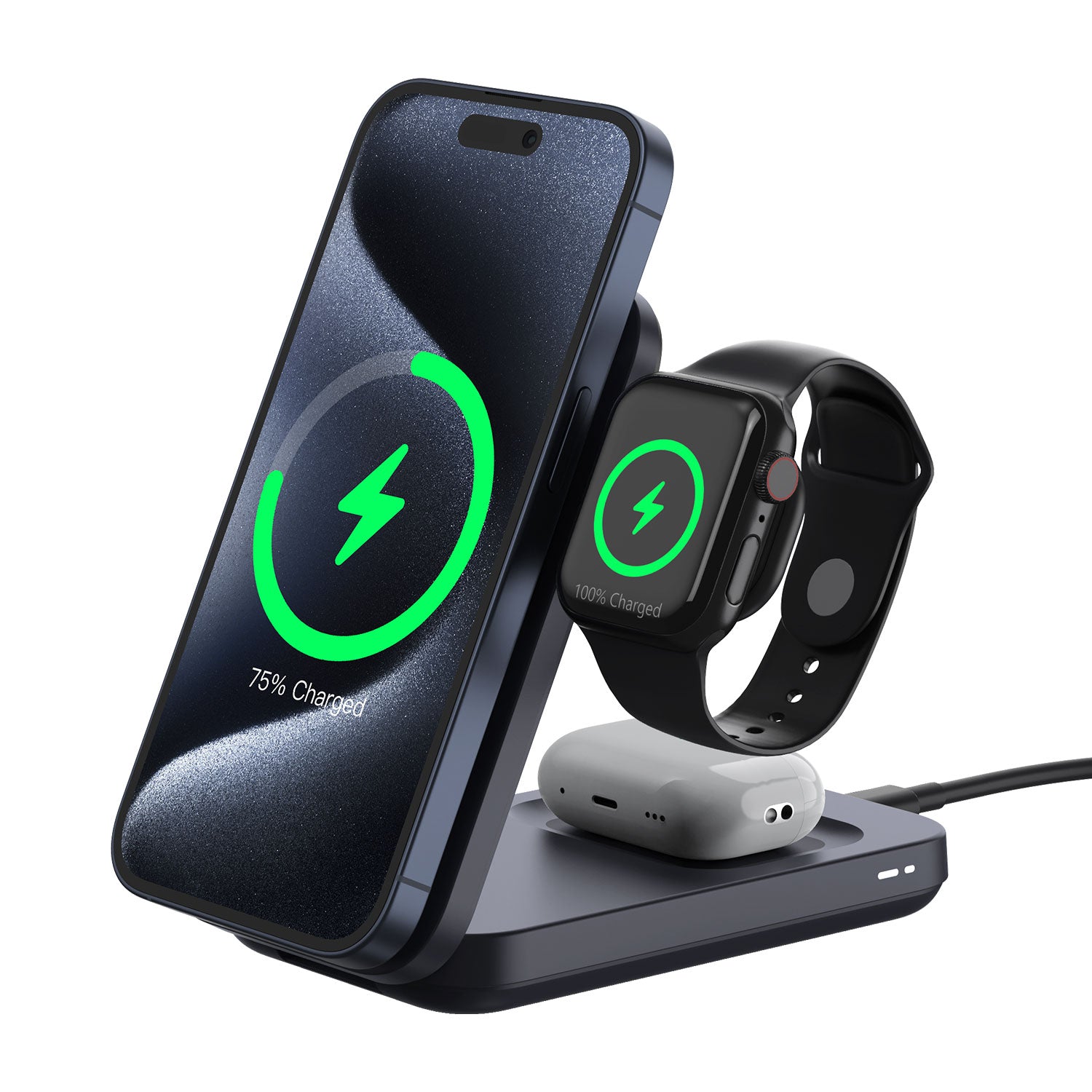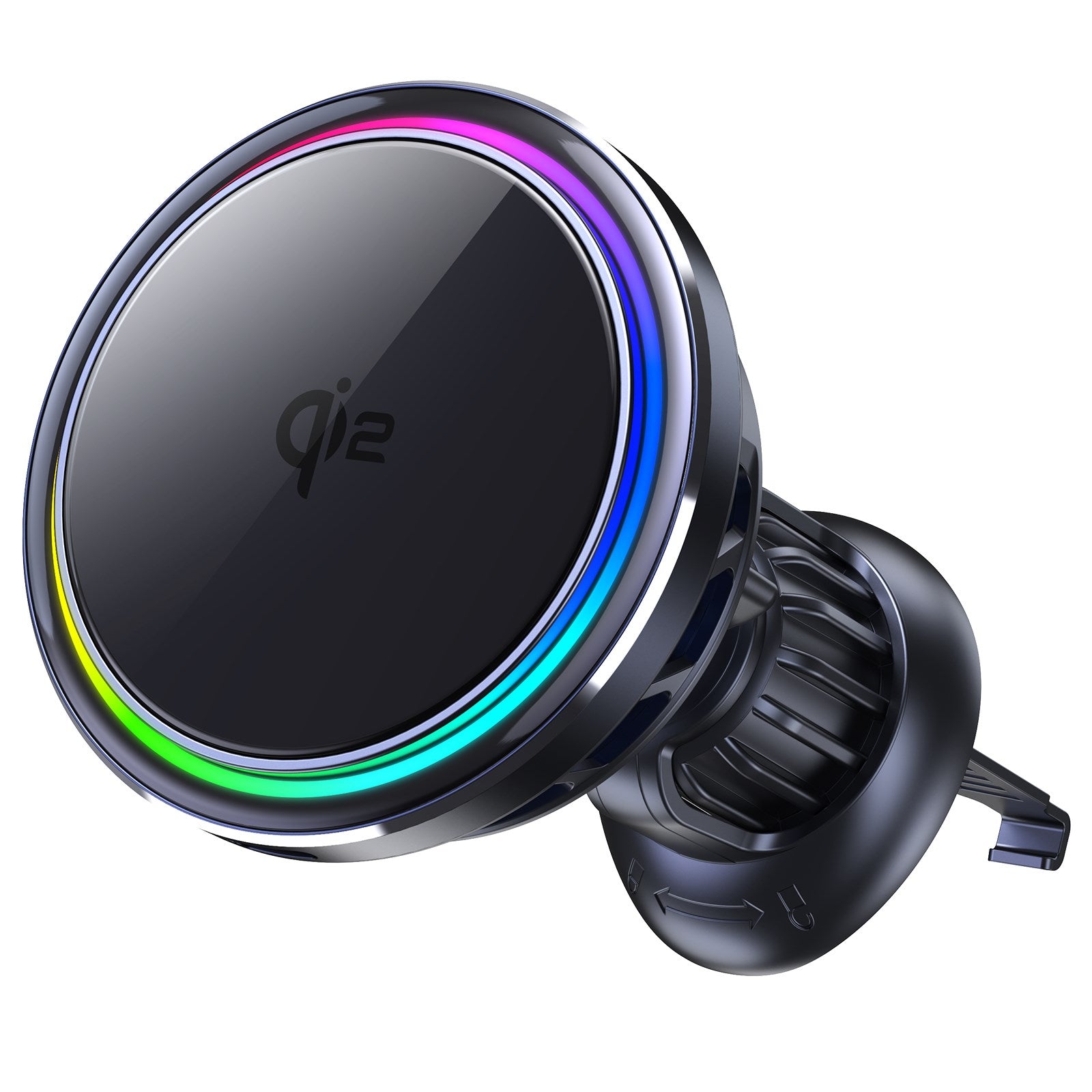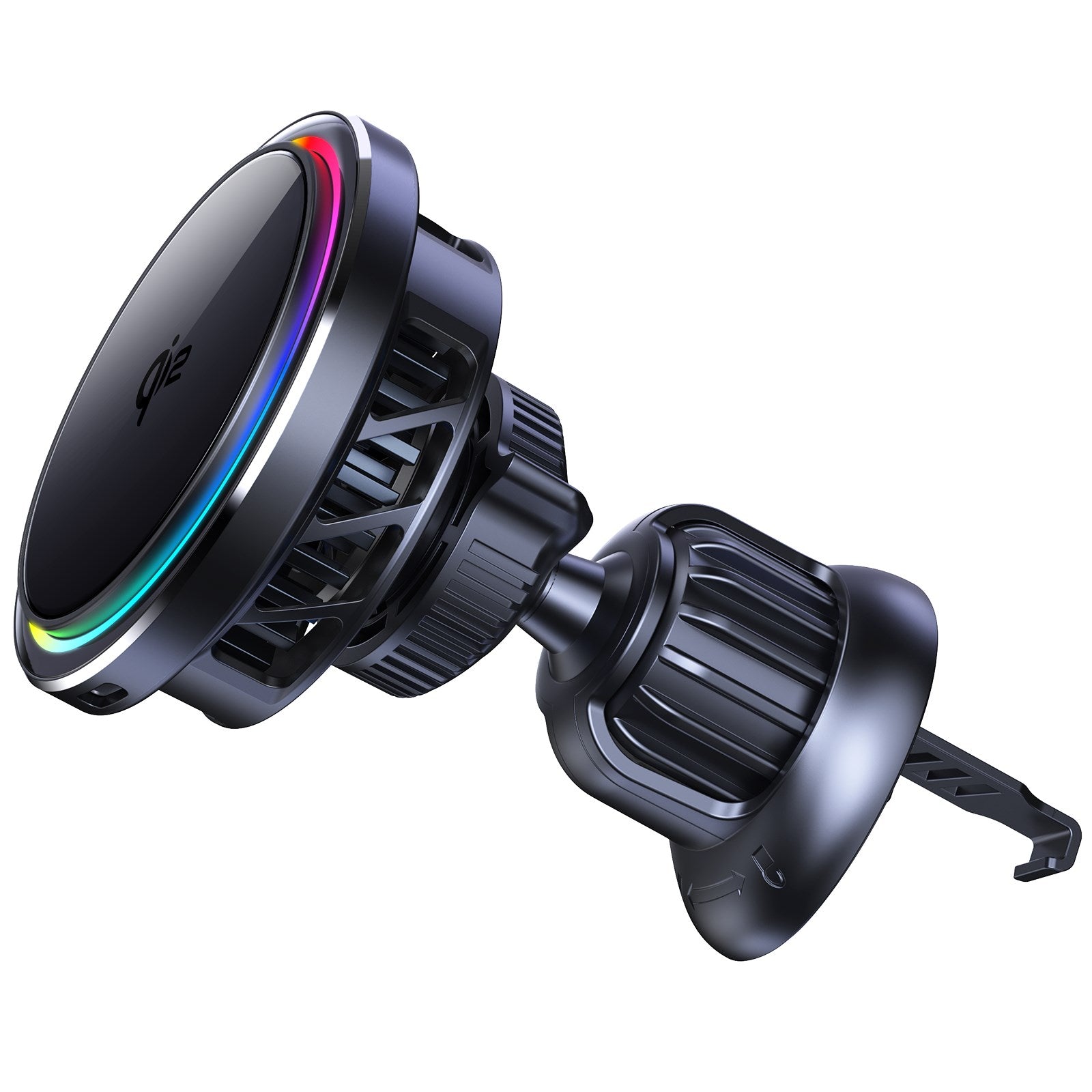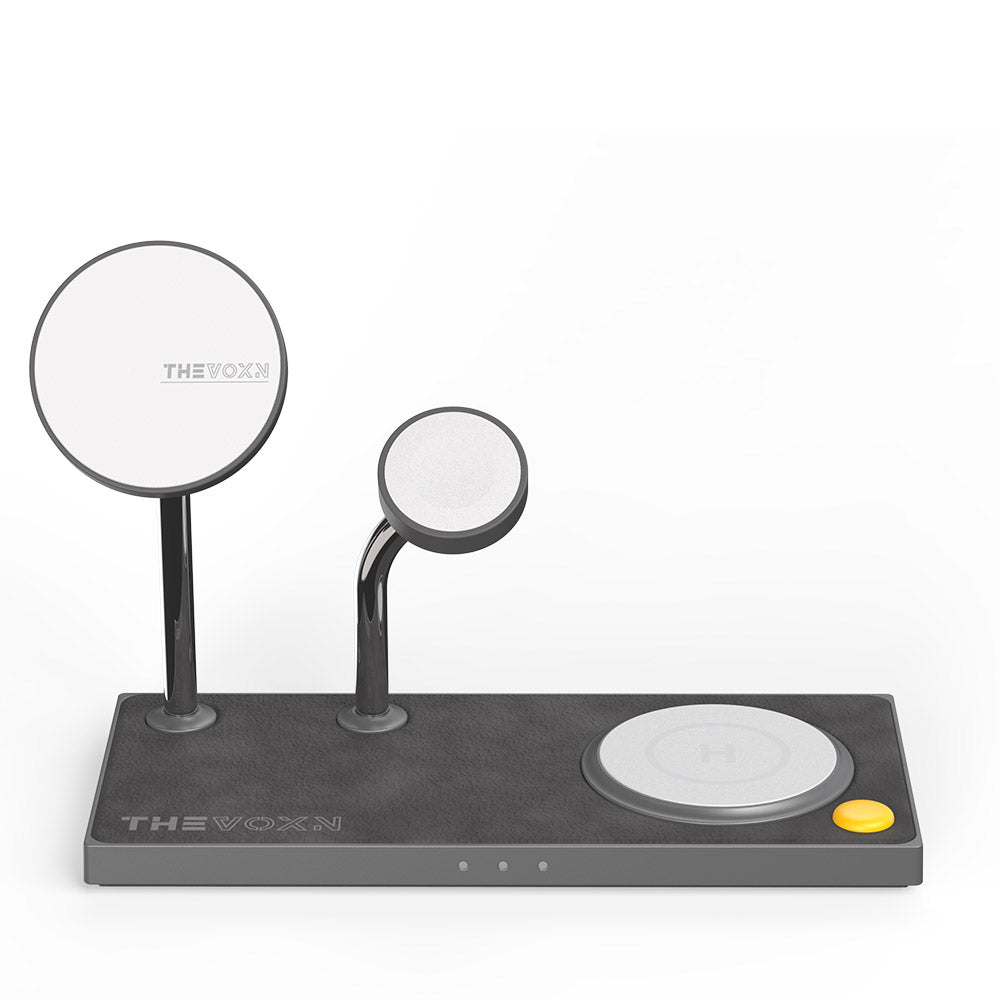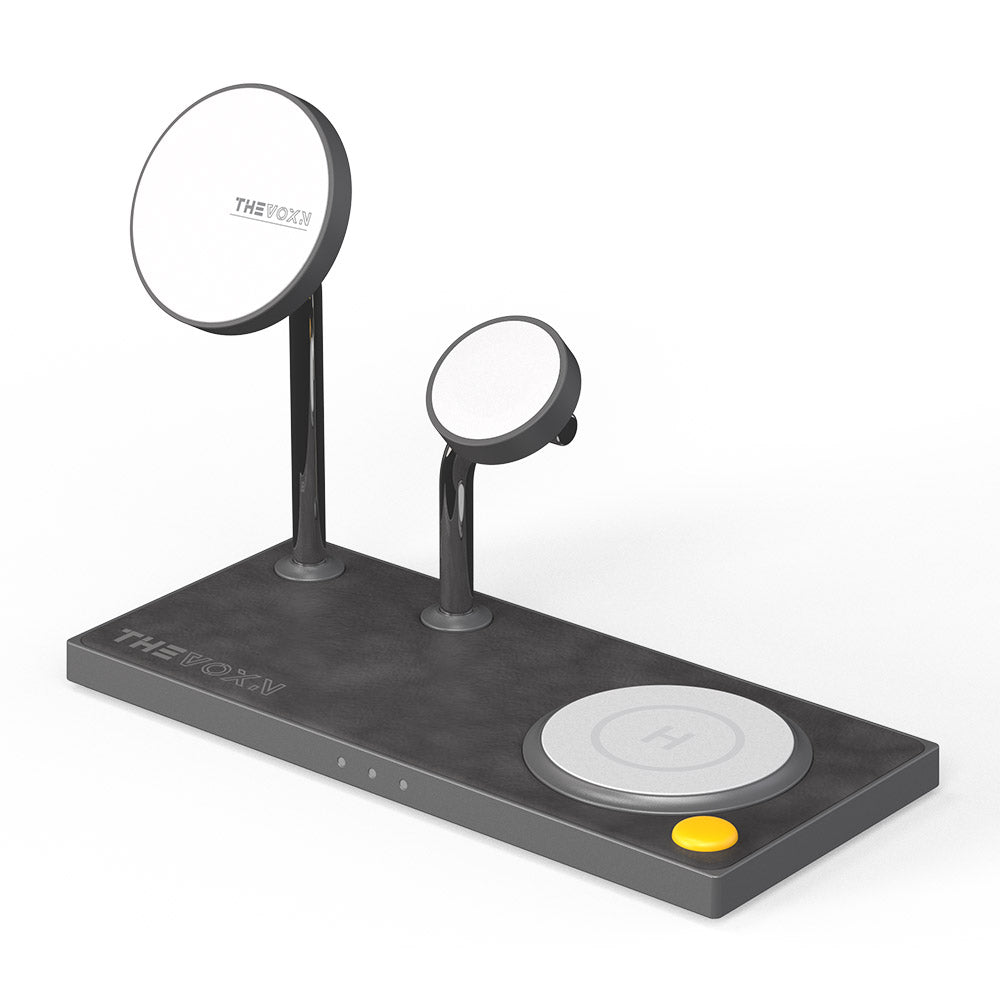In recent years, the European Union (EU) introduced a groundbreaking regulation aimed at standardizing charging ports for electronic devices. This regulation requires all new smartphones to feature USB-C ports, with a 24-month transition period provided for compliance. The rule, set to take effect on December 28, 2024, seeks to reduce electronic waste and enhance the convenience of device charging.
Facing this global shift, tech giant Apple has been compelled to adapt its product strategy to align with the new market requirements.

EU’s USB-C Regulation and Apple’s Response
Under the EU's new directive, companies like Apple must sell USB-C-equipped devices within the stipulated timeframe or face a ban on sales in the region. To comply with these rules, Apple has already transitioned its 2023 iPhone 15 series and the upcoming iPhone 16 lineup to USB-C ports.
However, some of Apple's current models, including the iPhone 14, iPhone 14 Plus, and iPhone SE 3, still rely on the proprietary Lightning port. Without modification, these models would no longer be eligible for sale in the EU by the regulation’s enforcement date.
In response, Apple has announced a phased discontinuation of these devices in the EU market. Starting immediately, the iPhone 14, iPhone 14 Plus, and iPhone SE 3 are being gradually removed from shelves in EU countries. This strategic move clears the way for USB-C-equipped devices to dominate the lineup in compliance with the new standards.
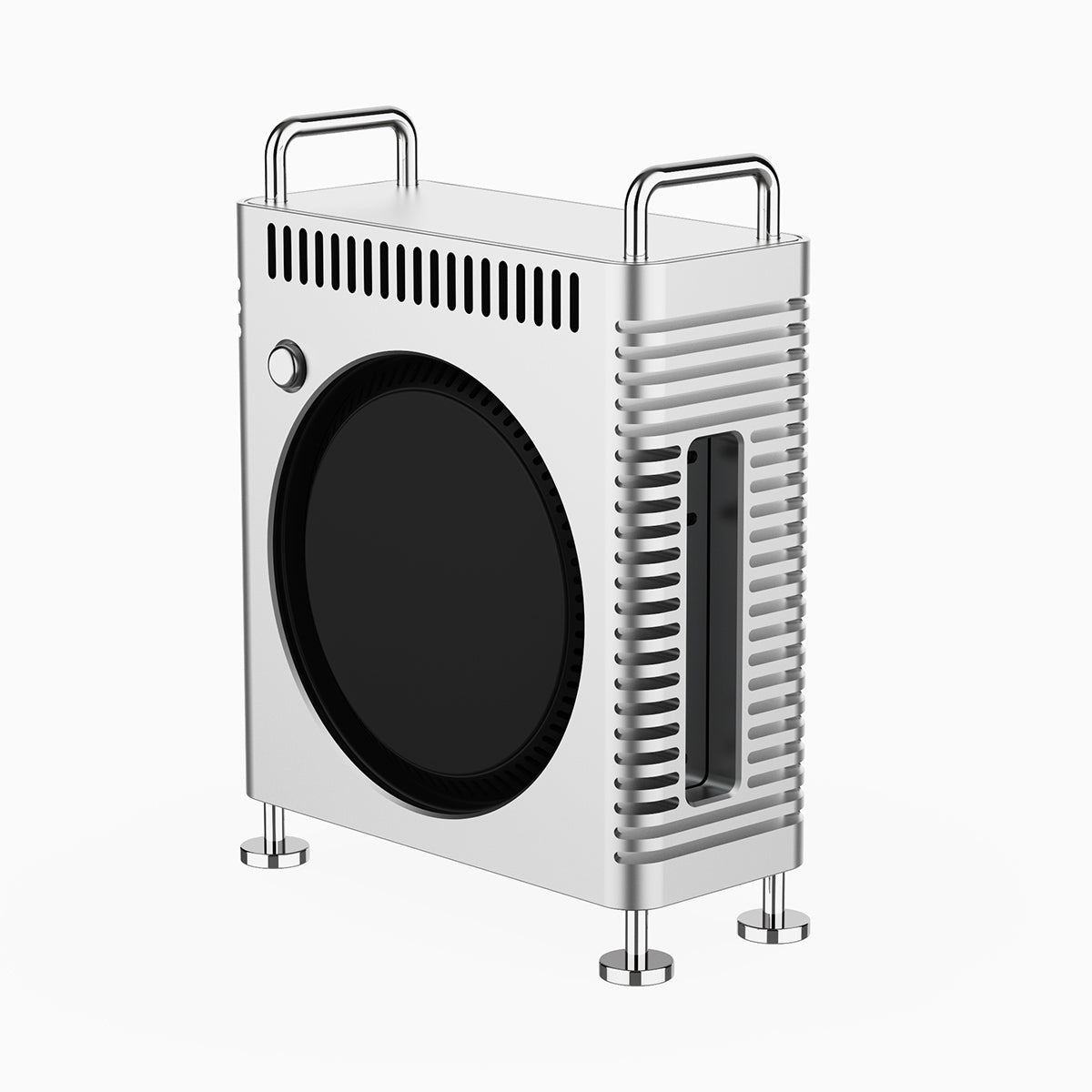
ZEERA MacForge Gen2 CNC Aluminum Case for 2024 Mac Mini M4
Protect your Mac Mini M4 with this CNC aluminum case designed for improved cooling and a professional, sleek aesthetic.
Shop NowBenefits of USB-C for Consumers
From a consumer perspective, the EU's USB-C mandate brings numerous advantages. With Apple fully adopting USB-C ports across its product range, users will experience significantly improved compatibility and versatility.
USB-C ports offer a host of benefits:
- Faster Charging: Higher power transmission capabilities enable quicker charging times.
- Enhanced Functionality: USB-C supports multiple functions, including charging, data transfer, and video output.
- Simplified Setup: The universal nature of USB-C eliminates the need for multiple chargers, reducing clutter and enhancing convenience.
These improvements make USB-C a practical and user-friendly choice, aligning with modern technological demands.
The End of Lightning and the Rise of USB-C
As Apple fully transitions its iPhone lineup to USB-C, the Lightning port is officially being phased out. This marks a significant shift in Apple’s charging technology and underscores the growing dominance of USB-C in the mobile device industry.
The move also reflects a broader global trend toward standardized electronic interfaces. With more countries implementing similar regulations, the standardization of charging ports is becoming an industry norm, promoting sustainability and user convenience alike.
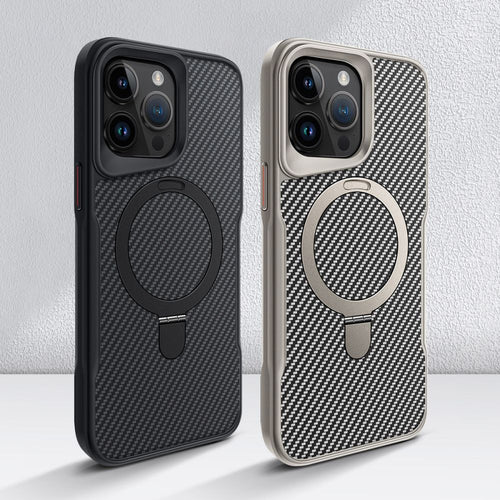
ZEERA MagDefender MagSafe Case
Premium MagSafe Kickstand Case for iPhone 16 Pro Max with Carbon Fiber Texture
Shop NowConclusion
Apple’s decision to discontinue Lightning-equipped iPhones in the EU is a pivotal step toward embracing the USB-C era. This change not only aligns with global trends in charging port standardization but also offers consumers greater convenience, faster charging, and improved device compatibility.
As USB-C becomes the universal standard, we can look forward to a future of more efficient, environmentally friendly, and user-centric charging experiences.
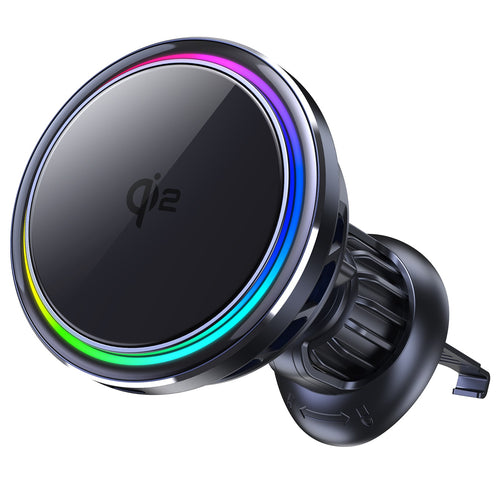
ZEERA SuVolt Gen5 Qi2 Car Charger
The Best Active Cooling MagSafe Charger with 15W Wireless Output
Shop Now
